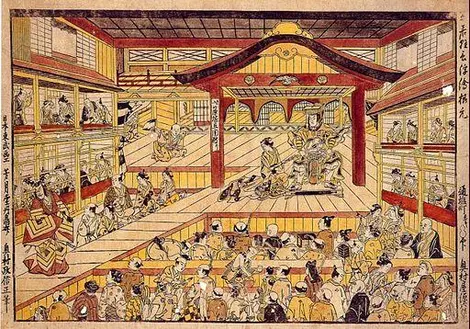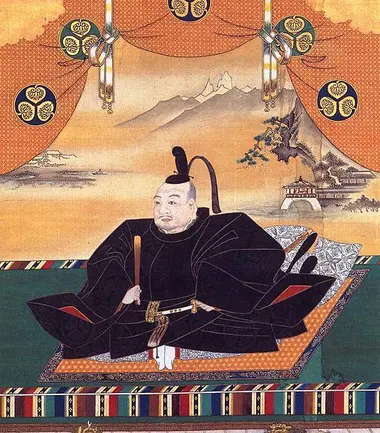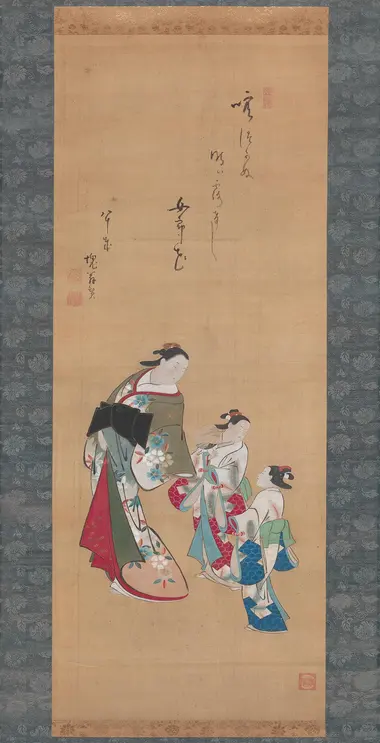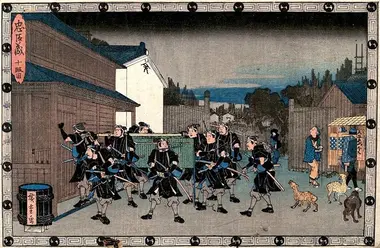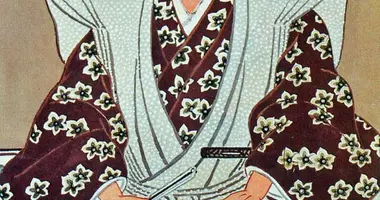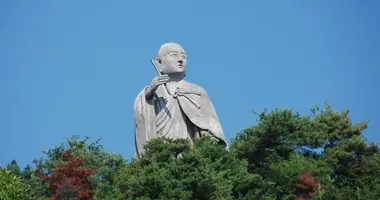Genroku era 元禄
- Published on : 18/12/2018
- by : S.R.
- Youtube
The Golden Age of Edo
The Genroku era spans about a generation, from 1688 to 1704. It is often considered the height of the Tokugawa era, a period of peace, economic prosperity, and artistic development. Many uniquely Japanese artistic genres took off at this time.
Japan's Wealth
After establishing the Tokugawa shogunate in 1603, the ousting of the Toyotomi dynasty in the siege of Osaka in 1615, and the crushing of the Shimabara revolt in the west in 1637-1638, Japan experienced a significant period of civil peace. In this context, the economic activity took off, particularly the samurai brought by the government to live in the cities. Merchants took advantage of this peace to make Osaka the country's economic center. During the Genroku era, prosperity was at its peak until the shogunate ordered the debasement of coins, leading to very high inflation.
Read also: Visit Tokyo in the footsteps of the Tokugawa.
The rise of the graphic arts
Ukiyo-e "image of the floating world" - the Japanese prints that crossed the planet - born at the beginning of the Edo period experienced its first growth during the Genroku era. Indeed, the "floating world" is that of entertainment, kabuki theater, courtesans, or the "impermanent" world of pleasures and living arts. And the Genroku era is when merchants, aristocrats, and samurai mingle in the pleasure quarters, far from the cramped formalism of the official world. Moronobu, the founder of ukiyo-e, ended his days during the period while his successors immortalized sumo fighters, women, courtesans, and kabuki actors.
On the other hand, the Rinpa school, founded a few decades earlier and had as its object the figuration of the elements of nature such as plants or birds made on gold leaf, reached its peak during the period Genroku with brothers OgataKenzan and Ogata Kôrin.
The 47 ronin
One of the most famous episodes in Japanese history, the epic of the 47 ronin, also took place during the Genroku period. After their master's seppuku sentence, deemed unfair and caused by the shogun's master of ceremonies Yoshinaka Kira, they planned for two years a revenge that they put into execution on December 14, 1702, knowing that it would lead to the death of all of them. The story has gone down in history and has been the subject of numerous literary and cinematographic works.
Read also : Sengaku-ji temple
An era of literary creation
Literature is also in the spotlight at this time. One can quote the famous author Ihara Saikaku, considered the founder of the school "ukiyo zoshi" or "texts of the floating world," the literary equivalent of ukiyo-e. The poet Matsuo Bashô also distinguished himself by renewing the style of haiku to give it a more suggestive form.





